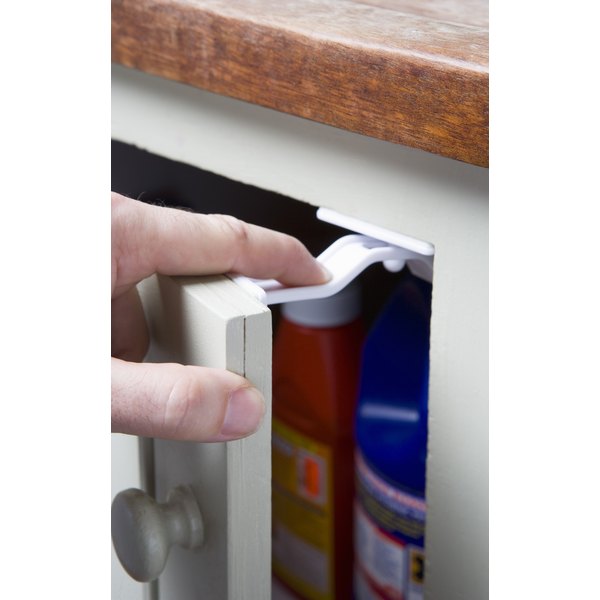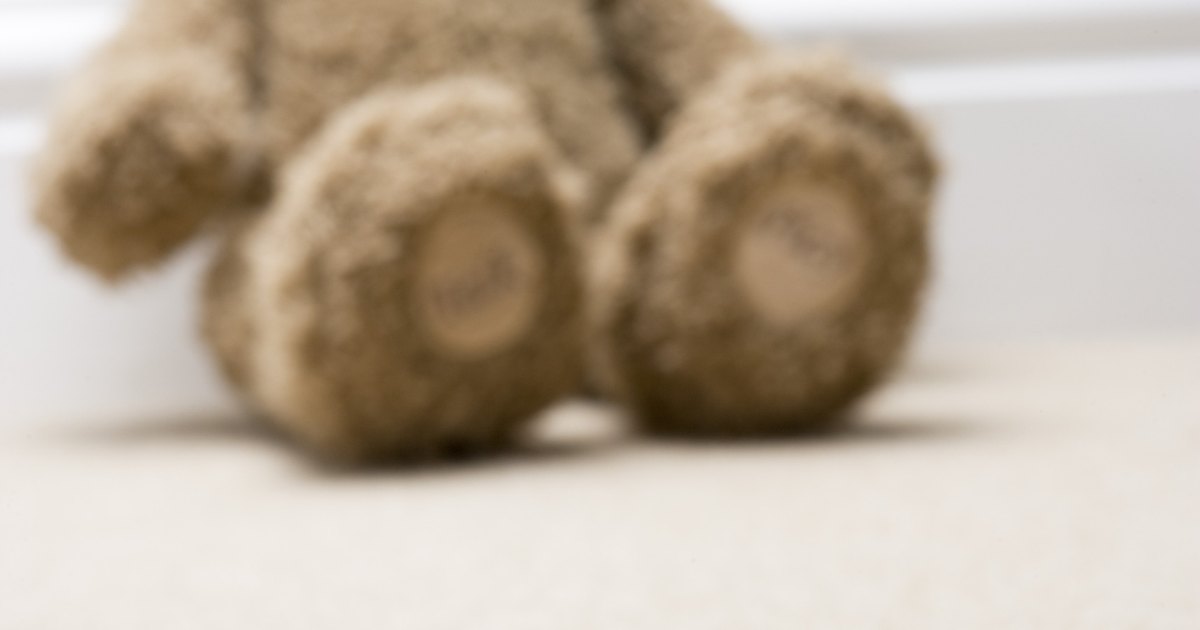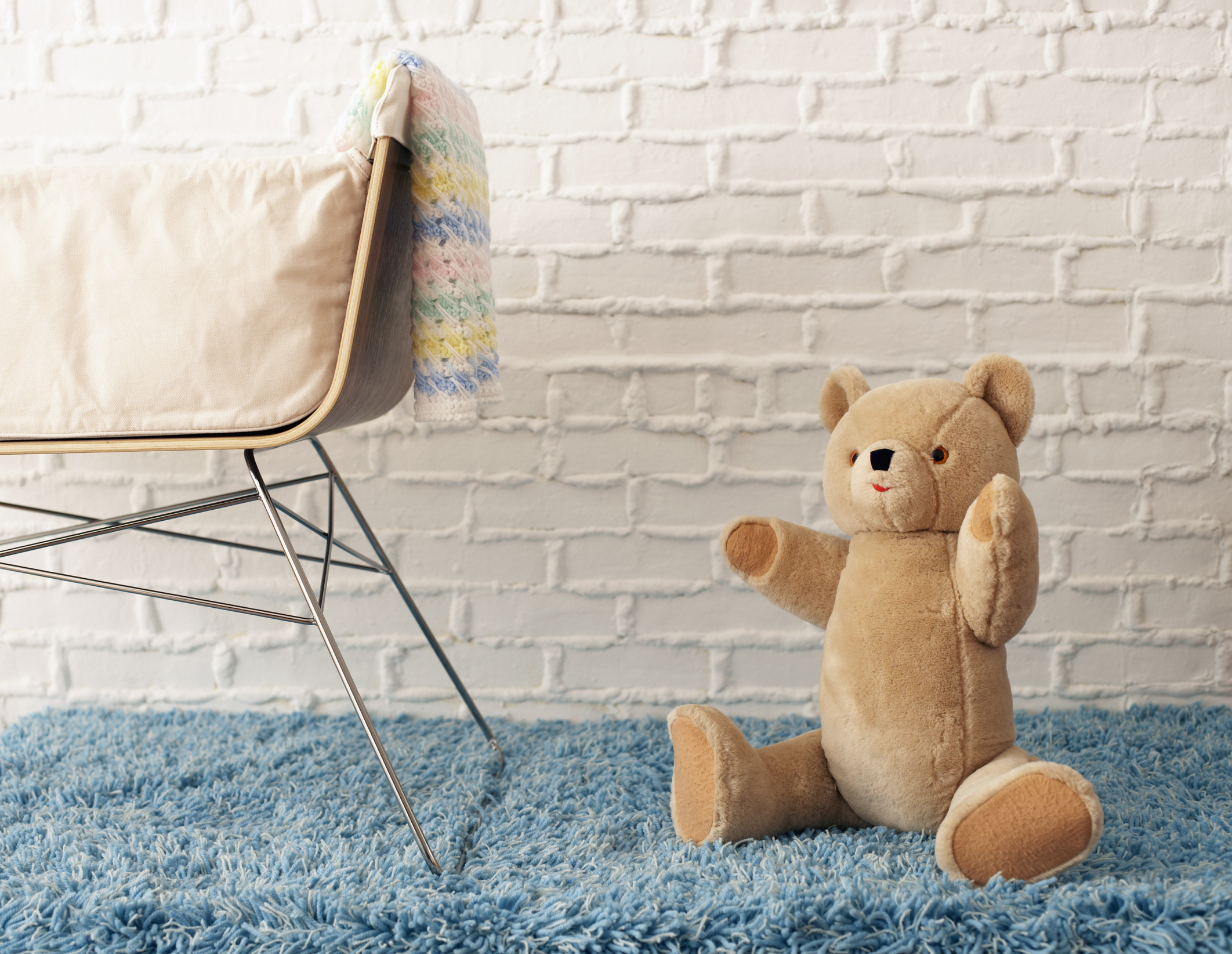

There’s no need to purchase a choke tester. Test choking hazards with a toilet paper tube Move towels to a higher shelf or put them on command hooks out of baby’s reach. Kids can pull down on it and open a hot oven or bonk themselves with the heavy door. Nix the dishtowel hanging off your oven door handle. The chalkboard blocks off the fireplace and give little ones a surface on which to draw with chalk and play with magnets (choose large magnets that don’t pose a choking hazard). Block off the fireplaceīabyproof a fireplace without sacrificing aesthetics too much by covering the opening with a piece of magnetic chalkboard (we love the one above from Sassy Wife/Classy Life). Related: 15 Products You Need When Your Baby Starts Crawling Renee Servinsky of Sassy Wife/Classy Life 5. Avoid cartoon varieties of bandages that will attract little ones’ attention. But in a pinch, or when you’re visiting relatives or traveling, you can put adhesive bandages or duct tape over electrical outlets. Plastic covers are the easiest way to cover outlets around the house (and safest too). Don’t forget your USB cords that still hold a charge when they’re plugged in.
#Ways to babyproof your house zip
You can also use zip ties to pull together cords and then tuck them far away from baby’s reach. Corral cordsĬut a slit down an empty paper towel roll or piece of pipe insulation and thread multiple wires through it to keep them from becoming tangled in your tot’s curious hands. If you can store them on a high shelf or out of sight in a tall cabinet, that’s even better. Plastic bins with lids and latches that baby can’t open are a safer place for cleaning products than under your kitchen sink. Secure clear plastic or fabric to railings to deter kids from playing on them. The railings on staircases or landings on upper floors may look narrow, but they’re big enough for kids’ limbs (or heads) to get stuck in. Related: 12 Babyproofing Tips to Corral Your Crawler Babyproofing Checklist for Your House 1. As kids grow taller, the danger zones will change and likely increase.

Every few months, and when your child reaches a new milestone, like walking, evaluate your home for additional babyproofing needs. Then, put away fragile items, move cords, secure furniture that could fall over, and put padding on sharp edges. See what’s tempting to grab and pull on, what’s at eye level, and what could injure them. To start, get on the floor and look at the surroundings from a baby’s perspective. When to Start BabyproofingĪs your little one gets close to crawling, it’s time to babyproof your home and other places they visit frequently, like grandparents’ homes. Whether you need to babyproof your cabinets, your fireplace, or drawers, these ideas are a great place for any parent to start. Our handy babyproofing checklist includes clever DIY tricks that make your home safer for your child and can save you some money too.

That means it’s time to start babyproofing the place. Sounds like crawling is just around the corner-yet another in the line of baby’s firsts. You’ve joyfully witnessed baby’s first smile, first time rolling over (both ways), and don’t even get us started on how amazing it was the first time baby sat-without padding or leaning on anything. Although it seems like it was just yesterday you were bringing your sweet baby home for the first time, the months have flown by.


 0 kommentar(er)
0 kommentar(er)
